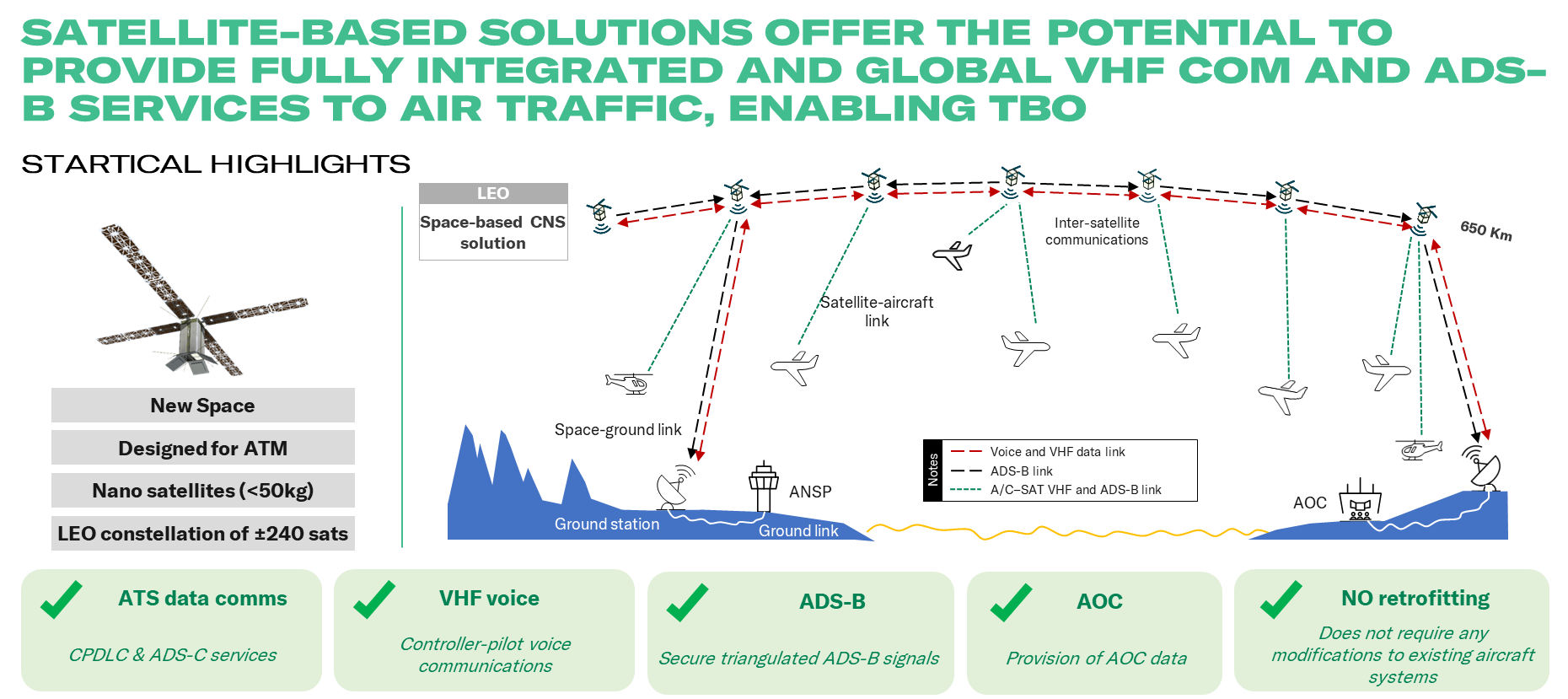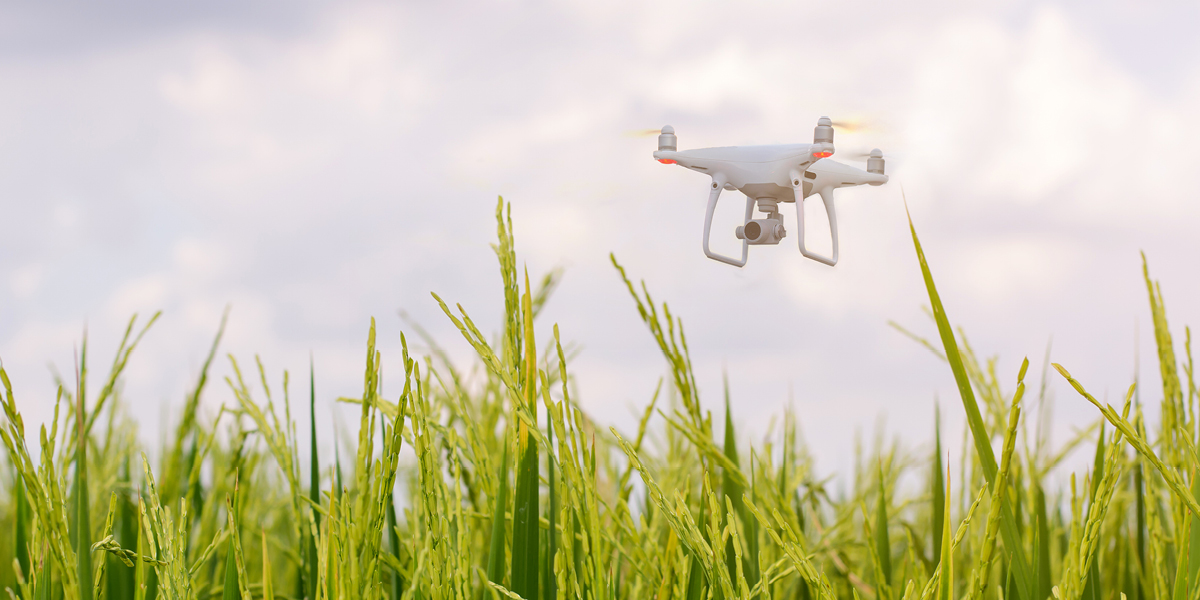How air traffic management can boost the sustainability of aviation
CANSO Director ICAO Affairs, Nico Voorbach, explains why ATM is a critical enabler of sustainable aviation.
This week in Montreal could be seen as aviation’s ‘environment week’, with the ATAG Global Sustainable Aviation Forum 2019 and the ICAO Environment Symposium getting underway. For its part, CANSO has been highlighting how air traffic management (ATM) can help to improve the sustainability and environmental performance of aviation.
CANSO represents an industry that plays a vital role in helping the aviation industry to reduce its emissions. New ATM technologies and improved operations and procedures are helping increase capacity, improve efficiency and enhance performance. CANSO also ensures that the ATM industry is working closely with airlines, airports, States and regulators to improve the sustainability of aviation worldwide, developing standards and collaborating on cross-industry initiatives to drive key improvements.
Supporting sustainable development
On Monday, CANSO Director General, Jeff Poole, moderated a panel at the ATAG Global Sustainable Aviation Forum 2019 on sustainable mobility. He highlighted how the global aviation industry is aligned with the aims of the 2030 Agenda for Sustainable Development, playing at least some role in supporting 15 out of the 17 United Nations Sustainable Development Goals (SDGs) by offering critical connectivity between nations and helping drive economic and social development. It was also noted that aviation has one of the most clear and wide-ranging climate action plans of any global industry, which contributes to the environmentally-focused SDGs.
Embracing new technologies and championing operations
Airlines and airports have wide-ranging strategies for enhancing the sustainability of the aviation industry and reducing its environmental impact, and CANSO has highlighted how the ATM industry is also working to improve performance.
From embracing new technologies like artificial intelligence and automation, and pursuing smarter data analytics, to using space-based surveillance to generate intelligent flight planning, new technologies are improving the efficiency of air transport. In addition, the ATM industry is championing operational innovation, implementing processes and procedures like performance-based navigation, free route airspace, collaborative decision-making, air traffic flow management and continuous descent and climb.
These measures help airlines fly the most efficient and shortest routes, at the optimum altitude and speed. They also ensure smoother arrival and departure flight profiles at airports and reduce delays through more effective coordination between ATM, airports and airlines.
Working with States and regulators
While the aviation industry partners each have a key role to play in boosting the sustainability of the industry, it is also essential that the industry works closely with States and regulators to transform performance. Ultimately increased cooperation with governments can unlock further economic potential and support sustainable development.
To that end, CANSO continues to call on ICAO, States and industry partners to work together to:
- Help States modernise ATM and adopt the latest technologies
- Secure long term investment and available resources for ATM development
- Develop more agile, performance-driven ANSP structures
- Reduce fragmentation and create seamless skies
- Create smarter, performance-based regulation
- Harmonise global standards and ensure global interoperability
- Improve sustainability while providing an efficient and safe service
Together we can take the necessary steps to create an industry which supports social and economic development while reducing its environmental impact, and now more than ever, we are in the strongest position to do so.
To find out more about CANSO’s approach to sustainability, please view CANSO’s Fit for the Future: Sustainability factsheet, or get in touch with the team.




